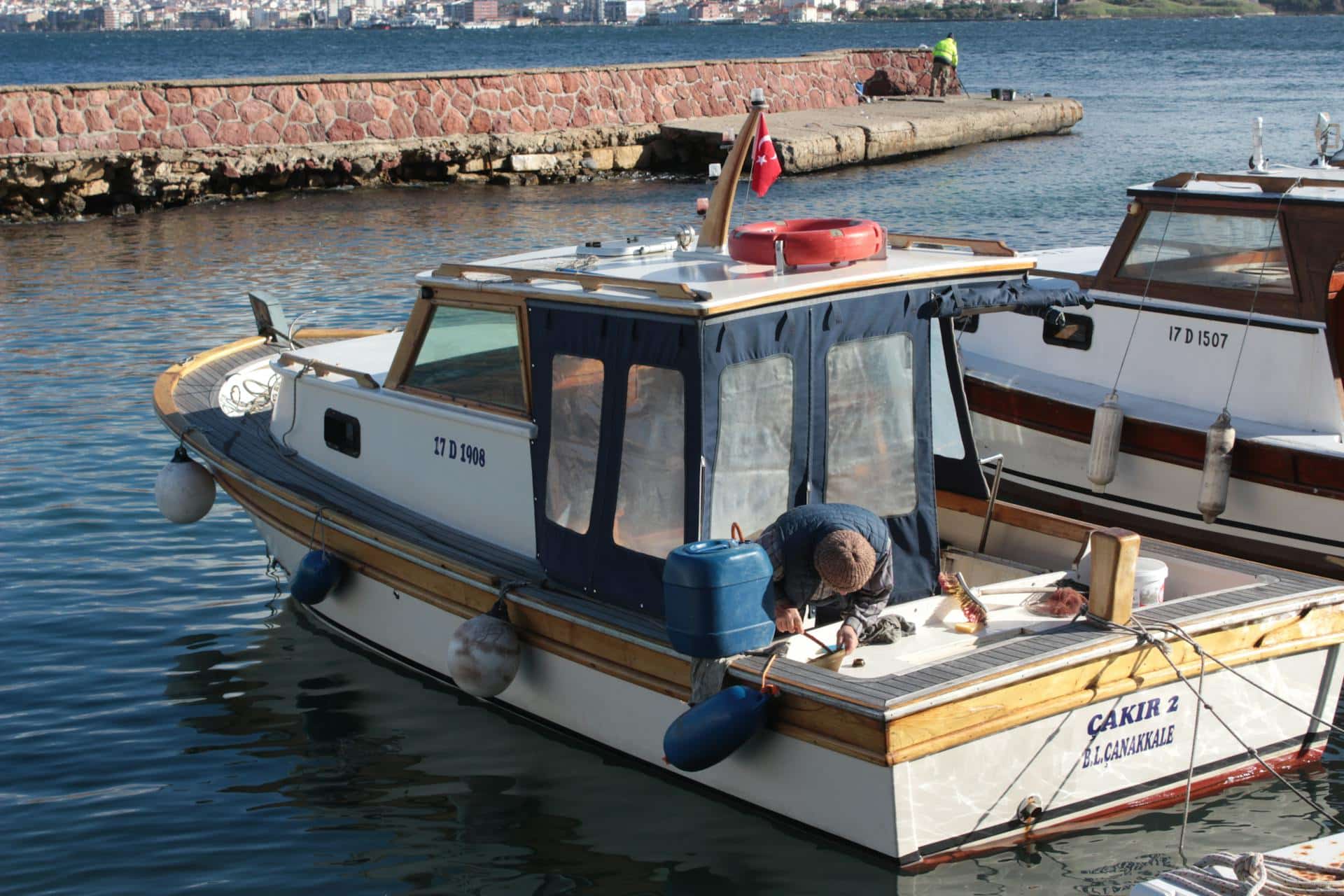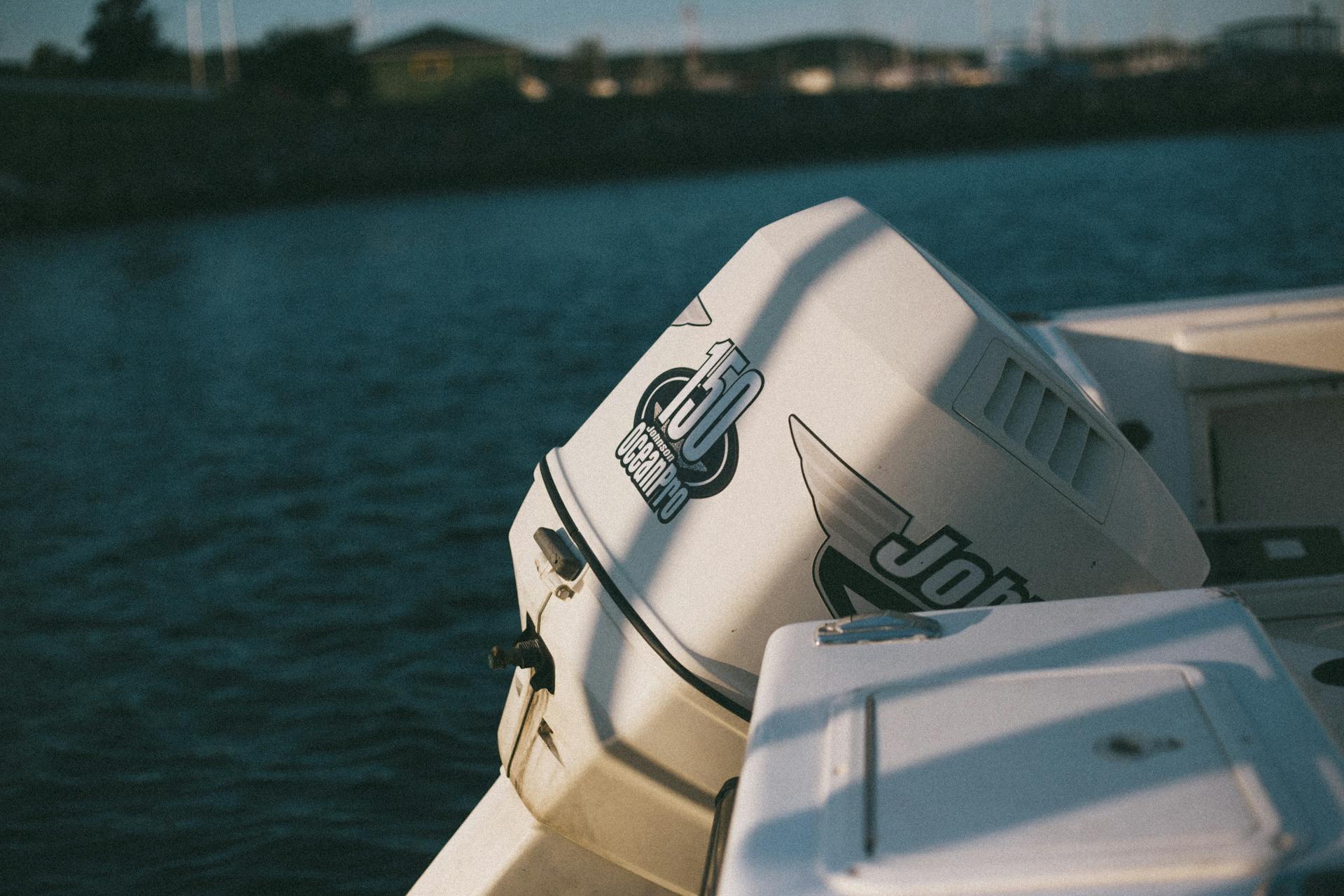The Ultimate Beginner’s Guide to Boating and Sailing Terminology
Table of Contents
Introduction
So, you’ve decided to dive into the world of boating or sailing—congrats! But there’s one thing standing between you and smooth sailing (pun intended): boat terminology. With all the unique terms floating around, it can feel like you’re learning a new language. Don’t worry! This guide is designed to help you navigate the most essential boating and sailing terms so you can step on board with confidence.
Essential Boat Parts and Their Functions
Let’s start with the basics—knowing your way around a boat starts with understanding its parts.
- Hull: The hull is the main body of the boat that sits in the water. Think of it as the backbone that keeps the boat afloat.
- Bow and Stern: These terms refer to the front (bow) and back (stern) of the boat. Pretty important when someone tells you to head toward the stern!
- Gunwale: Pronounced “gunnel,” this is the upper edge of the boat’s side, where the hull and deck meet.
- Cleat: You’ll use cleats to secure ropes, or “lines,” to the dock or other parts of the boat. A handy tool for docking!
Key Sailing Directions
Navigating on the water means understanding a few key directions.
- Port and Starboard: These are the left (port) and right (starboard) sides of the boat when facing the bow. Remember, port has four letters, just like “left.”
- Forward, Aft, and Amidships: Forward means toward the bow, aft toward the stern, and amidships is the middle of the boat.
- Transom: The flat section at the back of the boat where outboard motors or swim platforms are usually located.
Basic Sailing Equipment
Now, let’s talk about the essential equipment that makes the boat tick.
- Helm: This is where the magic happens! The helm is where you steer the boat, whether through a steering wheel or a tiller.
- Keel: The keel is a fin at the bottom of the boat that helps with stability and keeps the boat from drifting sideways.
- Rudder: This is what helps steer the boat. It’s usually located beneath the stern.
- Mainsail and Jib: These are the two primary sails on a sailboat. The mainsail is the largest and most important sail, while the jib is the smaller sail at the front.
Understanding Boat Measurements
When it comes to boats, size matters (at least in terms of how they perform).
- Beam: The beam is the width of the boat at its widest point. A wider beam generally means more stability.
- Draft: This refers to how deep the boat sits in the water, from the waterline to the bottom of the keel.
- Length Overall (LOA): This is the full length of the boat, from the very front to the very back.
Docking and Mooring Terminology
Docking can be tricky, but knowing these terms will help you handle it like a pro.
- Dock Lines, Spring Lines, and Stern Lines: These are the ropes you’ll use to tie the boat securely to the dock.
- Fenders: Think of fenders as the boat’s bumper pads, protecting it from damage when docking.
- Mooring: This refers to tying the boat up, whether at a dock, on a mooring buoy, or at anchor.
Navigational Tools and Terms
Staying on course and safe on the water means mastering these tools.
- GPS and VHF Radio: GPS helps with navigation, and VHF radios are for communication—essential tools for any boater.
- Depth Sounder: This device measures how deep the water is beneath your boat, helping you avoid running aground.
- Windlass: This is a device for raising and lowering the anchor, especially useful on larger boats.
Essential Knots Every Boater Should Know
If you’re going to be a boater, you’ll need to master a few key knots. Here are the ones you’ll use most often:
- Bowline: One of the most useful knots, it creates a secure loop that won’t slip.
- Cleat Hitch: The go-to knot for tying up your boat at the dock.
- Figure Eight: A quick, easy knot for securing a line that’s already been passed through a post or ring.
Basic Sailing and Movement Terms
When you’re out on the water, sailing terminology will become second nature.
- Tacking vs. Gybing: Both terms refer to changing direction. Tacking involves turning the bow of the boat through the wind, while gybing is when the stern passes through the wind.
- Heeling: This is when your sailboat leans over in the water due to the wind in the sails.
- Windward and Leeward: Windward is the side of the boat closest to the wind; leeward is the side furthest from the wind.
Types of Boats for Every Sailor
There’s a boat for every activity and type of sailor. Here are a few to know:
- Bass Boat: Ideal for fishing in lakes and rivers, with low freeboard and a flat deck.
- Bay Boat: Designed for coastal fishing, these boats have low sides and shallow drafts.
- Center Console: Great for offshore fishing, with the helm located in the center of the boat.
- Cuddy Cabin: A small, versatile boat with a tiny cabin for sleeping or storage.
- Sailboat, Catamaran, and Trimaran: Whether you prefer a single-hulled sloop or a multi-hulled catamaran or trimaran, each type offers unique sailing experiences.
Advanced Sailing Terms
Once you’ve mastered the basics, you’ll start hearing more advanced terms like these.
- Fairlead and Halyard: These terms relate to managing the sails. A fairlead is a fitting to guide the line, and the halyard is the rope that hoists the sails.
- Draft and Freeboard: Understanding how your boat sits in the water (draft) and how high its sides are above the waterline (freeboard) helps with handling.
- Mizzen and Tiller: The mizzen is the aft sail on certain types of sailboats, and the tiller is a handle used to steer.
Essential Weather Terms
The weather can make or break your time on the water. Here are some terms to keep in mind:
- Wind and Pressure: Wind speed and atmospheric pressure impact sailing conditions. High pressure usually brings calm, clear skies, while low pressure can mean storms.
- Trade Winds and Low Pressure Systems: Trade winds are predictable winds, while low-pressure systems often result in stormy weather.
Lesser-Known Boating Terms
Here are a few final terms that might not come up every day but are good to know.
- Abeam and Aloft: Abeam means at a right angle to the center of the boat, while aloft refers to something above the deck, usually in the rigging.
- Bilge and Bilge Pump: The bilge is the lowest part of the boat where water collects, and the bilge pump helps remove that water.
- Doghouse and Sprayhood: The doghouse is a raised part of the cabin with headroom, and the sprayhood is a canopy that protects passengers from wind and spray.
Conclusion
There you have it! With this guide in hand, you’re well on your way to mastering boat and sailing terminology. It may seem like a lot at first, but with time on the water, these terms will become second nature. Remember, boating is about enjoying the experience—learning the language just makes it that much smoother!

